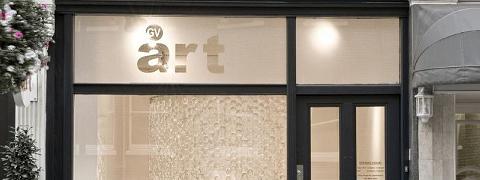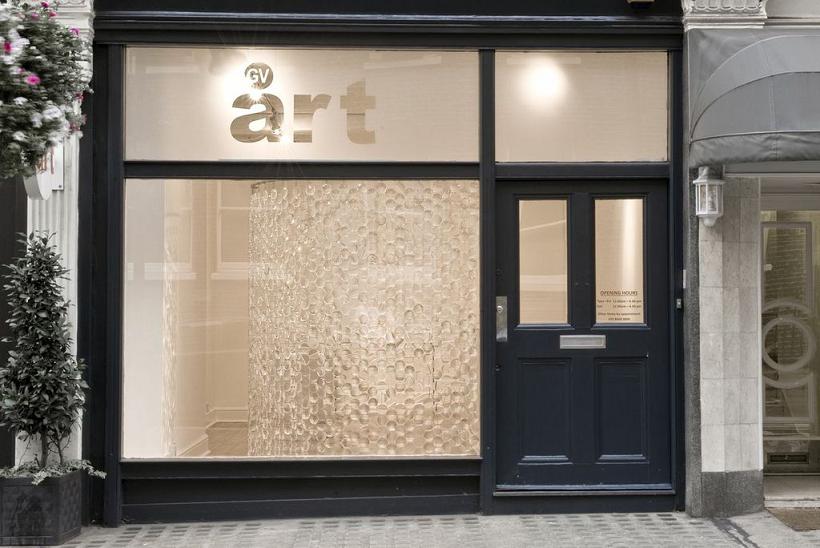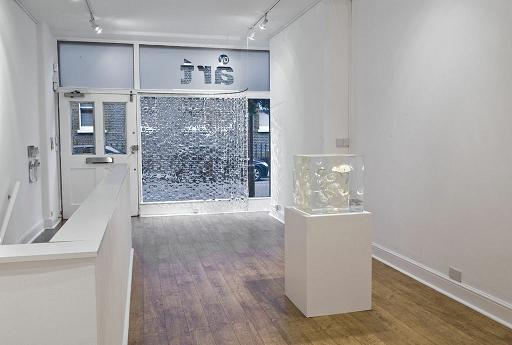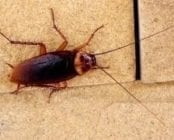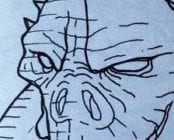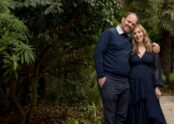[dropcap style=”font-size:100px; color:#992211;”]M[/dropcap]arylebone’s GV Art Gallery consistently offers up the most visually impressive missives from the frontiers of art and science.
Dedicated to the conceptual areas where the two disciplines meet, the gallery’s events explore the dialogue between the creative, the medical and the historical.
It is, to use an adjective beloved by the art world but rarely appropriate – unique.
As the only private gallery in the UK to hold a human tissue authority license, GV Art has in the past courted controversy with exhibitions featuring slices of human brain. Even so, there is never the sense that the gallery’s exhibitions are involved in voyeurism or shock tactics. Instead, exhibitions devoted to the process of human aging exist help us visualize and confront our own composition, to explore the fragility of the human condition.
In keeping with their remit to explore the intersecting spaces in the Venn diagram of science and art, GV Art is not solely devoted to the art and science of the human body. A recent exhibition examined the subject of graphite. Pencil drawings feature, on another occasion the gallery played host to Elastic Theatre‘s production of JULIUS (and not just by providing a space. Workshops, discussions and a symposium on the play’s theme of OCD were also arranged)
GV Art’s director/curator Robert Devcic responds to Trebuchet’s questioning.
Trebuchet : What first drew you to art?
GV Art : Art and science have always been key components of my interest in exploring the human condition and the changing world around us.
How did your career start?
I began my arts career as a collector focusing on a group of artists who increasingly wanted more than just financial support. Having worked as a photographer in the past I understood the complexities of trying to sustain one’s own artistic practice.
More importantly I wanted to be able to find an innovative way to understand how an artist can be recognised and celebrated within art history. Too many gifted artists are often overlooked in their lifetime.
How did your involvement with the gallery begin?
I was persuaded by a group of emerging artists that I was collecting to curate an exhibition and to my surprise it was a success in both visitor numbers and sales. I then spent several years representing the same artists at art fairs around the world, before establishing GV Art gallery, London in 2008.
How would you describe your vision of art?
Contemporary art that explores and acknowledges the interrelationship between art and science, and how these areas cross over and inform one another. I am excited by artists that can interpret the advances in both disciplines and how an overlap in the technological and the creative, the medical and the historical are paving the way for new aesthetic sensibilities to develop.
Which artists typify this vision?
Polymathic artists that collaborate with a wide variety of disciplines in order to create art that raises very important questions. Nina Sellars, for example, is an artist and also lectures in Anatomical Drawing for both Medical and Art faculties. She trained and worked as a prosector (dissector of cadavers for medical display) and often works collaboratively with scientists and artists on cross-disciplinary projects.
Another example is Anaïs Tondeur. Her art practice draws on an exploration of the interface between art and science, perception and cognition, fact and fiction. Through a plural-disciplinary practice including drawing, early techniques of photography, installation and new media art, her work stems from a fascination of the history of ideas: the attempts of our civilisations to understand the mystery of the living; endow our existence with a meaning and elaborate a comprehensive view of the universe.
What do you dislike most about art?
When art is purely made to be gimmicky, decorative, too literal or lacks a layered narrative it can often leave me disengaged rather quickly.
[quote]I am often attracted to art that is so challenging it feels as though it has hit me in the gut[/quote]
How would you define artistic controversy?
Artistic controversy should be art that has the potential to generate meaningful debate and provoke you to think about the nature of the work and how it relates to you and those around you. By having to make sense of your response, you have to think through who you are and why the artwork affects you in such a profound and sometimes ethically charged way.
I am often attracted to art that is so challenging it feels as though it has hit me in the gut leaving me speechless and tangled in thoughts.
Do you think that controversy is a positive force in art or a conceptual red herring?
If an artwork shocks for the sake of grabbing headlines only, then you have to question the artist’s intentions and the value of that work and how it will stand the test of time.
What’s been your biggest challenge?
Displaying human remains in a cultural context. Being the first and still only independent gallery to have a Human Tissue Authority Licence for Public Display and Storage it has enabled me to continue ethical and other discourses in this complex but stimulating debate.
What’s been your biggest success?
Our recent Graphite exhibition explored the materiality of one material in a very rich and diverse way. I am encouraged to revisit this exhibition in a larger space with more resources and the potential to expand our collaboration with artists and scientists. We were proud to have been the first to show the new wonder material Graphene in a gallery environment.
In terms of visitor numbers and most impact it was Brainstorm which ran from 3 December 2010 to 22nd January 2011 and in hindsight we should have extended. It did lead to most of the artists being included in last year’s Wellcome Collection exhibition: Brains: the mind as matter, which is now going to Manchester in July this year.
Who are your five favourite artists and which pieces of theirs do you admire?
Although I couldn’t possibly only have five absolute favourites, if I could have any 5 artworks in the world they would be; any of the Leonardo Da Vinci anatomical drawings. Stelarc’s Third Hand or Extended Arm. Nina Sellar’s LUCIDA installation. Victimless Leather by the Tissue Culture & Art Project (preferably plastinated) and something from all the artists I work with if I don’t already have a few objects at home.
My tastes change as I mature so I am always looking for more triggers in aesthetic adventures.
Who do you think is the artist to watch at the moment and why?
It is impossible to give one name, as I would like to name all of our gallery artists. However, a dream collaboration would be to see Nina Sellars and Anaïs Tondeur be given time and support to go on a creative journey together as I am sure the outcome would be exceptional.
What does the future hold?
Many good things, but in particular a new big project which will celebrate the 500th anniversary of the great anatomist Andreas Vesalius with an international touring exhibition from December 2014.
G V Art, 49 Chiltern Street, London, W1U 6LY
Photos show:
Myriad Installation by Katharine Dowson at GV Art gallery, London
Robert Devcic
Upper gallery showing Katharine Dowson’s Nebula and Myriad

The aim of art is to represent not the outward appearance of things, but their inward significance. – Aristotle

